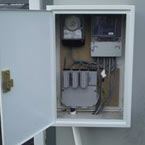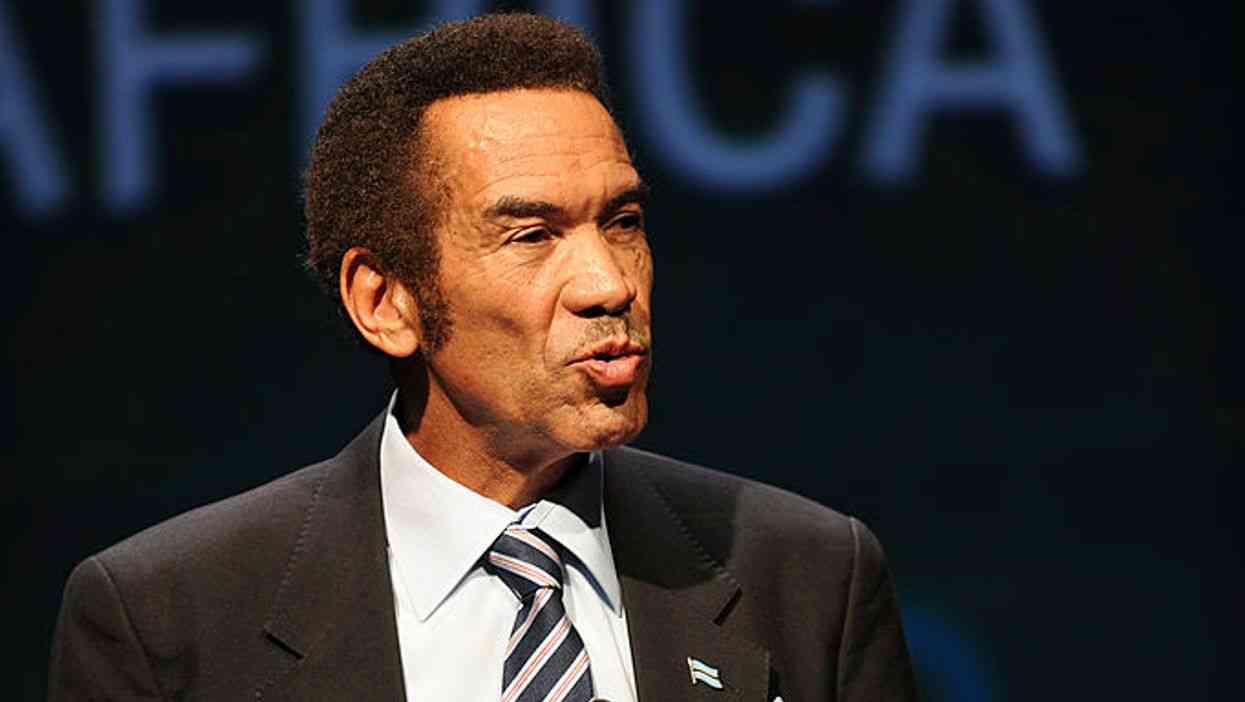
By Patience Shawarira
Zimbabwe is currently struggling with a persistent energy crisis worsened by the economic meltdown. The crisis is characterised by electricity outages and scarcity of petroleum. Most of the electricity is generated from coal-fired thermal and hydro-power plants, directly and indirectly, owned by a state-owned enterprise, Zesa Holdings, through the Zimbabwe Power Company.
Heavy reliance is on the burning of fossil fuel to provide electricity for millions of people across countries. But is this the best solutions for our power needs as a developing country?
The country has a national electrification rate of 42%. While the electricity has reached 83% of the urban households, rural electrification is still around 13% as per the National Energy Policy of 2012.
The country has an installed capacity of about 2 300 megawatts (MW). The actual power generation capacity in 2019 averaged below 1 000MW against a peak demand of about 1 700MW. The limited generation capacity is attributed to water availability issues, old equipment which needs rehabilitation and limited coal supplies.
Zimbabwe has resorted to load shedding and importing power from neighbouring countries. This has escalated the country’s import bill. Losses incurred in transmission and distribution are around 18%, whereas the international standard is less than 8%.
Renewable energy could be a possible solution to the crisis and also a pathway to implement Zimbabwe’s climate change agenda. To reduce the current energy crisis, the Zimbabwean government could turn to low carbon renewable energy sources like solar, wind and micro hydro-power plants.
The Sustainable Development Goal Number 7 advocates for doubling energy efficiency in all countries globally. The major reason for this is to reduce the number of fossil fuels being used in thermal power plants.
- Chamisa under fire over US$120K donation
- Mavhunga puts DeMbare into Chibuku quarterfinals
- Pension funds bet on Cabora Bassa oilfields
- Councils defy govt fire tender directive
Keep Reading
In turn, this will reduce the number of greenhouse gases emitted. Development of a framework, therefore, will catalyse the energy efficiency effort to reduce the import bill and create a virtual power plant.
Switching off electrical equipment and gadgets when not in use, including lights during the day, can result in huge energy savings. This means a considerable amount of reduction in coal utilisation.
Zimbabwe’s Agenda for Sustainable Socio-Economic Transformation (ZimAsset) of 2013, recommended for energy efficiency targeting the installation of 800 000 prepaid meters. So far, the current Transitional Stabilisation Programme has a target of retrofitting all post-paid meters to prepayment metres and later to smart metres.
First world countries such as Sweden have already started this transition and are using large amounts of renewable energy. Biogas and wind energy is harvested and used in the manufacturing and transport sector. The country, however, still relies heavily on the burning of fossil fuels for energy.
The National Climate Policy says: “Energy Sector is the largest contributor to greenhouse gas (GHS) emissions, contributing 60.7% of the total GHG emissions….’’ through the utilisation of fossil fuels. The policy urges the government to promote renewable energy and the adoption of energy-efficient technologies. These efforts should cut across the socio-economic sectors of the economy and built environment.
An energy audit conducted in 2014 by the Zimbabwe Energy Regulatory Authority highlighted that there is lack of an energy efficiency culture among institutions, while information and record-keeping on energy utilisation is inadequate.
Burning of fossil fuels for energy not only depletes the earth of rare precious minerals, but also pollutes the environment. Terminal illnesses such as heart diseases and lung cancer and other respiratory diseases have been linked to inhaling of pollutants from the atmosphere.
Harnessing clean energy is a must, especially in Zimbabwe, which is currently facing serious electricity shortages. The coronavirus pandemic also makes it essential for the fast transition to clean energy as people with underlying diseases are more vulnerable to the disease.
The coronavirus pandemic has resulted in reduction of travel. This could be viewed as a temporary measure to combat the emissions of dangerous greenhouse gases. However, going forward, there is need to find sustainable ways of harvesting clean energy and refraining from burning of fossil fuels for energy.
Climate change isn’t going away too soon, unless we do something new. Renewable energy backed by storage is now the cheapest option for new electricity generation. Recycling is one way of saving energy and reducing greenhouse gas emissions which helps tackle climate change.
This, therefore, calls for innovative ways of conserving forests while ensuring that people have the most convenient source of energy for their homes.
In South Africa, the adoption of clean energy is yet to be realised. According to the Centre for Environmental Rights, South Africa has doubled emissions limits for sulphur dioxide pollution. This came into effect in April this year, at a time when there is growing concern about the outbreak of coronavirus, which is more severe for those who already have respiratory problems.
Scientists have identified human activity as primarily responsible for the crisis, with global economies, movement and consumerism driving unsustainable carbon emissions, depleting natural resources, and polluting fragile ecosystems. All of these are placing unprecedented pressure on sustainable development.
While there has been noticeable policy incubation on the climate change and energy front, Zimbabwe has not developed a mature enabling legislative environment for promoting renewable energy as a pathway to a low-carbon, climate friendly option. — Green Energy Zimbabwe










